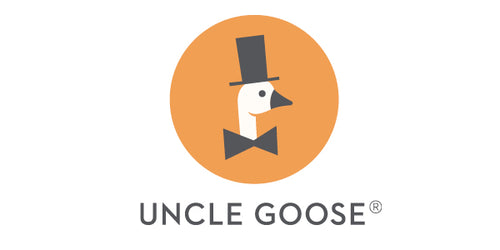
Learning Isn’t a Spectator Sport: Get in the Game!
Imagine you’re trying to learn to swim for the first time. What would help you learn better: reading a book about swimming or watching some YouTube videos?
Well, neither approach is ideal, is it? But watching some videos is probably better than reading a book. That way, you could actually see what to do with your body. With videos, you get at least a little visual input to help you learn.
But honestly, if you’re learning to swim, you might want to get into the water with a qualified instructor! That way, you can see, hear, feel, and practice in a safe environment.
The same multisensory approach works for learning numbers and letters, too. Young learners can build stronger, more interconnected neural networks by simultaneously seeing, touching, hearing, and moving things around. A full-sensory learning experience leads to better comprehension and retention.
So, what can children do to engage all their senses when they learn new material like letters and numbers?
Get touchy-feely. Play with textured materials like sand, embossed blocks, or finger paints. These highly tactile materials encourage children to feel the shape of letters or count objects physically. When children touch raised alphabet blocks, link them in a chain, or count them in columns and rows, they reinforce their knowledge of number formation and quantity.
Use different colors. Colorful letters and numbers help sustain a child’s attention. Color also supports pattern recognition. This is critical in early numeracy and literacy.
Make some noise. You can use rhythmic clapping, tapping, or catchy songs to emphasize learning materials. Singing, clapping, and drumming reinforce the content and make the learning process engaging and fun.
Move around. Activities that involve movement help build muscle memory. Try forming numbers and letters with your blocks. Or dance to a rhythm while counting out the beat.
Try blending traditional instruction with multisensory, playful methods. For instance, a lesson on number patterns might start with a story (auditory), move on to drawing (visual), and then include a hands-on activity with blocks (tactile).
And by the way, a multisensory approach to learning works well for adults, too. When you want to learn new material, get your whole body involved! Use as many senses as possible to make your learning stick.
Use as many senses as you can when you’re learning something new! A full-bodied approach helps children and adults understand new concepts and later recall them in various situations.




